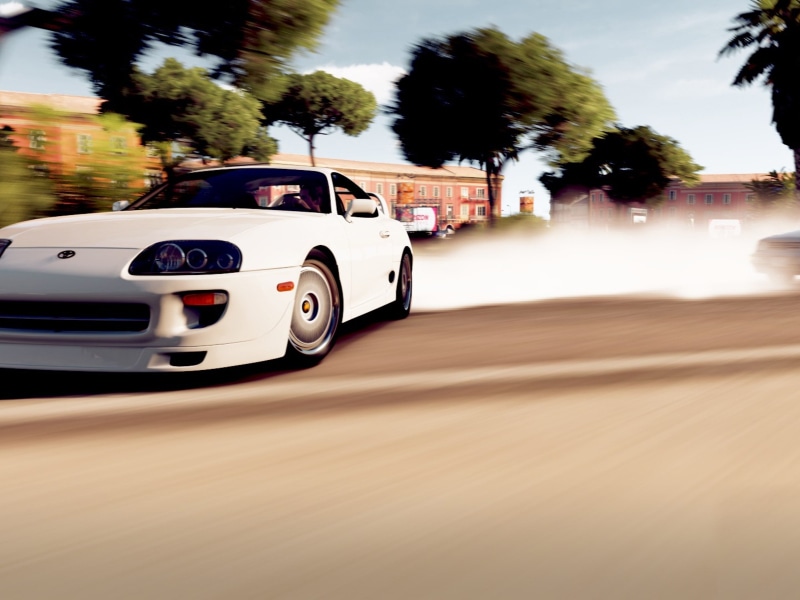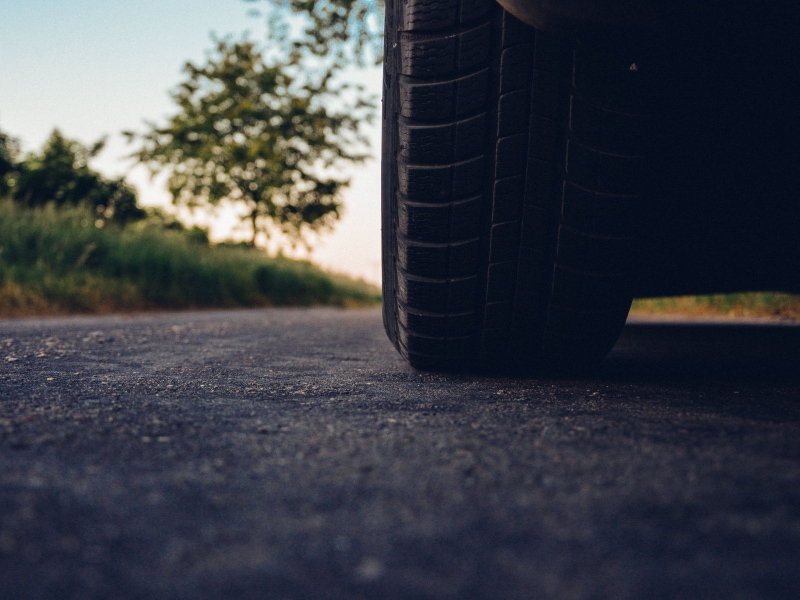Ways To Control Your Car When You Skid
This post contains editorial samples and/or affiliate links to products I recommend. While this adds no additional cost to you, I will earn a small commission on any sales made.
If you’re looking to service your vehicle in the Mukwonago, WI area, visit the Lynch Mukwonago dealership, our partners for this sponsored feature. We recognize the importance of a reliable vehicle, hence encourage you to share these car tips with family and friends.
Finding your vehicle going into a skid, an event that takes control of the automobile away from you as the driver, is one of the most frightening driving experiences. At the moment a skid begins it is as if the vehicle takes on a mind of its own and is no longer responsive to the commands of the driver. The natural inclination and response is an immediate feeling of panic. However, it should be remembered that keeping a calm approach at such a time is important in order to regain control of the situation.
Controlling your car in a skid is realistically a matter of common sense. One of the worst actions the driver can take in these situations is to apply immediate and rapid pressure on the footbrake, as this will only exacerbate the situation by locking the wheels and reducing what little traction there is between the tires and the road surface. Rather than act as a brake would normally, this action could increase the danger of an accident resulting from the skid.
Another action that tends to be almost automatic but causes further problems, is trying to steer the car in the opposite direction to the where it is heading. Again this is the incorrect action and will aggravate the situation, being more likely to lead to the continuance of the skid and a result collision with either another vehicle or an immovable object.
Ways To Control Your Car When You Skid
In road conditions that are likely to contribute to the possibility of skidding, these being wet, icy or surfaces that have a spillage of some nature, the most important first consideration is to ensure that you leave plenty of distance between your vehicle and the one in front. In addition, speed should be reduced to a level where it is compatible with the local conditions.
If you feel your vehicle likely to break free from your control and enter into a skid, the first preventative action is to reduce speed. This means taking your foot off the accelerator rather than braking. Vehicle traction on a slippery surface improves at lower speeds and this will assist you in being able to bring it safely to a halt, without damage to your vehicle or any other. (On a side note, ensure you check your tires frequently, bald tires will be of no help in these situations!)
In the event that the skid cannot be prevented, the next step is to turn the wheels into the direction that the car is skidding towards, rather than away. This enables more control over the vehicle. Pressure on the brakes should only be lightly applied, which allows for maximum wheel grip to be maintained.
To control your car in a skid the key is therefore not to panic; to allow the car to slow naturally rather than with heavy breaking and to turn into the direction the skid is taking the vehicle.
I’d love to hear from you. Hop over to chat with me on Facebook and/or Twitter




